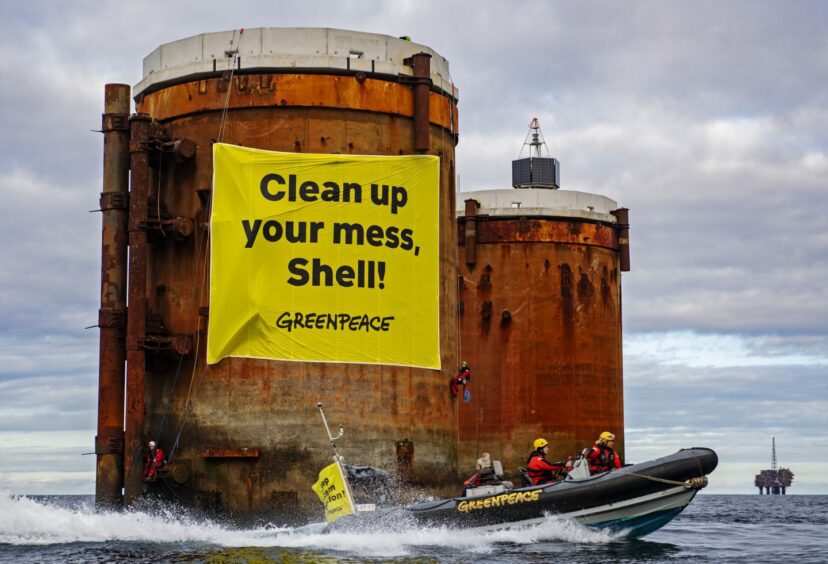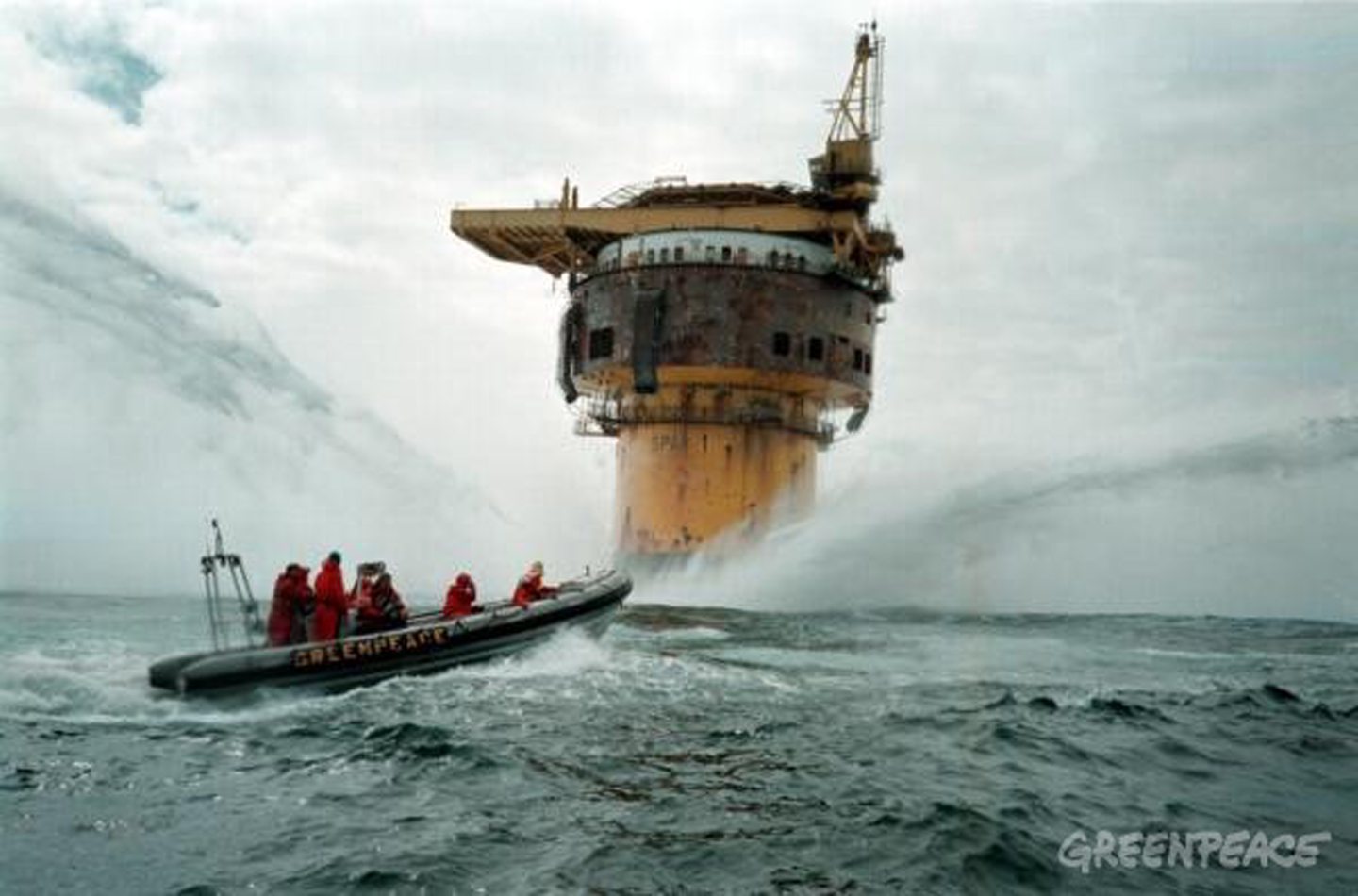
Fresh questions have risen on whether Shell will be allowed to leave the huge legs of the Brent field in the North Sea.
Earlier this year, the oil giant said the UK Government was expected to decide in the first half of 2022 whether it would allow Shell to do so.
But Ospar, the intergovernmental treaty which the UK is party to which demands complete removal of oil and gas assets, save for exceptional circumstances, has again brought questions on that timing.
A document published last week said a comparative assessment methodology, designed to inform the Brent decision and other installations like it, will be produced with “2024 as the deadline”.
BEIS, the UK Government department ultimately responsible for the decision,did not reply to a request for comment on whether it will make a call before the methodology is produced.
Shell, which unveils its Q3 results today, had no comment when asked about the OSPAR methodology timing.
Brent decom
The industry has been awaiting a decision from the UK Government for years on whether it will indeed allow Shell to leave the Eiffel Tower-sized structures in place for the Brent Bravo, Charlie and Delta.
Though the platform legs are huge, environmental concerns are mainly centred on the impact of the thousands of tonnes of oil-sediment contents within them being released into the sea as they gradually degrade.
Shell is seeking a “derogation” to the Ospar convention – which requires complete removal of oil and gas infrastructure from the seabed – allowing it to leave the Brent legs, weighing 300,000 tonnes each, in situ.
The firm said in March that the “the UK regulator OPRED is expected to announce a final decision in the first half of 2022”, which has not come to pass.
Other Ospar parties such as Germany and the Netherlands have argued the granting of a derogation would be “unacceptable”.
The OSPAR document produced last week said it is those parties – Germany and the Netherlands – which will produce that “harmonised methodology”, which is expected to assist decision-making on “a number of installations” which are due to be removed over the next 20 years.
Arguments
The Brent field has been subject to protests by activist groups in light of the plans to leave the legs – known as Gravity-Based Structures – in the North Sea.
It is estimated that around 11,000 tonnes of oil lie within the structures, however Shell states that this is not free-floating but bound to sediment comprised of sand, grit and water.
Shell argues it will take “centuries” for the Brent legs to degrade as the sediment is encased in concrete, while the safety risk and cost of removing these giant structures would outweigh any environmental benefit.
The Brents are among the older installations in the North Sea and the GBS, which the oil giant said were not made with removal in mind, are no longer used in construction.
In 2019, Greenpeace activists from the Netherlands, Germany and Denmark scaled the installations in protest of the plans.
They said: “The 11,000 tons of oil that is still stored in the foundation of the platforms will sooner or later end up in the sea. That is unacceptable.”
Brent Spar
Shell has put its arguments forward, and some parties have even advocated for rigs to reefs as a solution, suggesting sea life could be disrupted by the removal of the assets.
However analysts have pointed out that public perception of the plans are skewed by the Brent Spar incident in the 1995; a PR battle which Shell lost.
Shell was forced to abandon plans to sink the platform in the North Atlantic due to the backlash. In 2019, lawyer Bob Ruddiman argued this was despite Shell being correct on the legislation and maintaining it was the safest decommissioning option.
The British Government supported Shell’s decision, backed by oceanographers, scientists and environmentalists who said sinking the platform would have negligible impacts on marine life.
But global political and activist intervention, including occupation of the platform by Greenpeace – and Shell facing a potential boycott of its German petrol stations – led to Shell deciding to dispose of the platform onshore.
This episode is what led to OSPAR passing the 98/3 decision on removing assets, which the Brent field is now seeking a derogation for.
Law firm Clyde and Co said: “Over 20 years have elapsed since Decision 98/3 and its application remains unclear. The decision on how the Brent field is decommissioned is likely to set an important precedent for decommissioning of other platforms in the North Sea.”
Recommended for you


 © Supplied by Greenpeace
© Supplied by Greenpeace